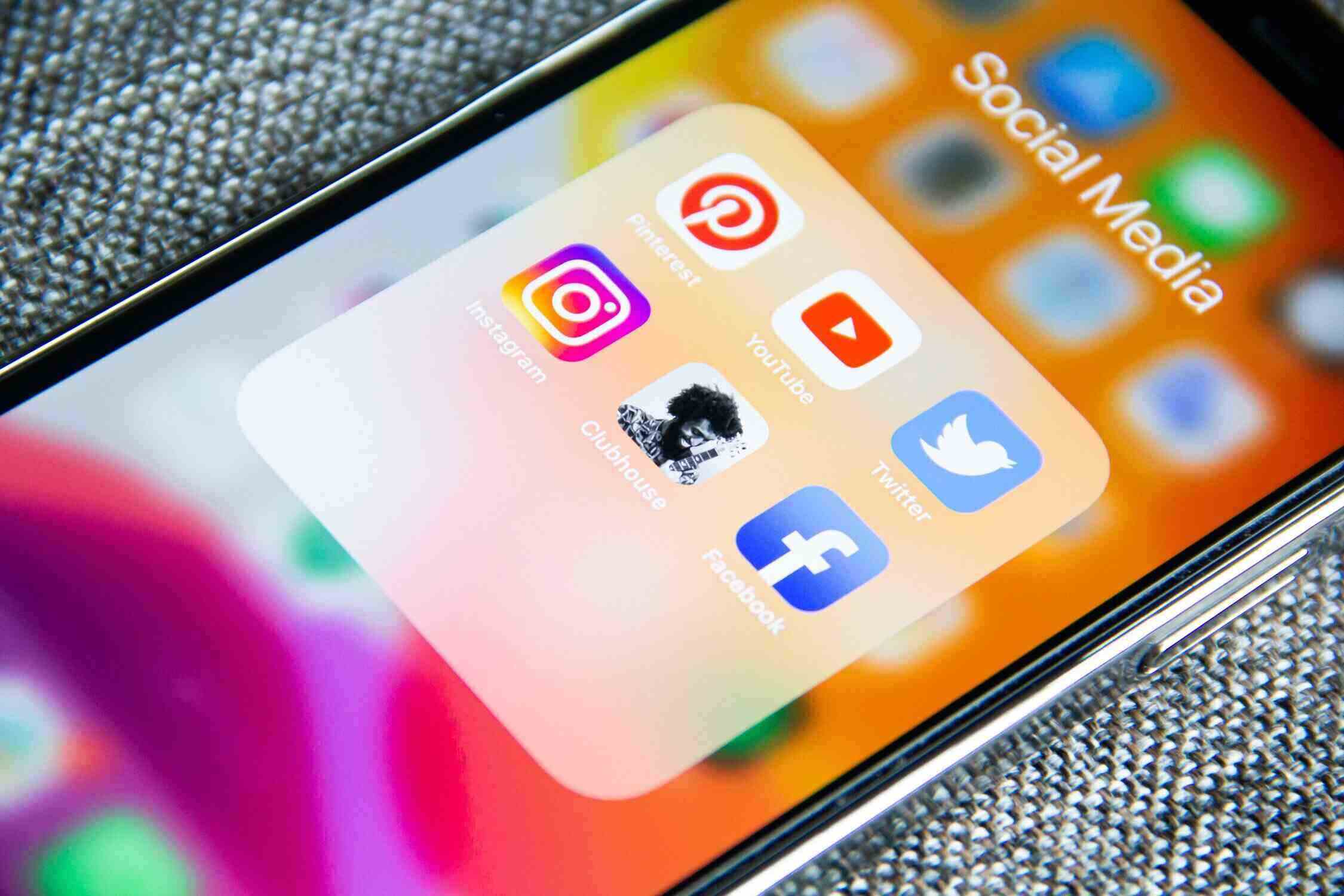
Viral marketing is a popular strategy in today’s fast-paced marketing landscape. It harnesses word-of-mouth and social sharing to quickly spread a message, idea, or content online.
What is viral marketing?
Viral marketing is a strategy that generates buzz and interest through sharing. It leads to exponential growth in visibility and engagement. The term “viral” comes from how content spreads, like a biological virus, but in a positive way.
Compelling content
This style of marketing relies on creating captivating, entertaining, informative, or emotional content. This content needs to connect with the intended audience and inspire them to share it with others in their network.
Social sharing
Viral marketing relies heavily on social sharing platforms such as Facebook, Twitter, Instagram, and YouTube. These platforms provide the infrastructure for content to quickly reach a broad audience.
Network effect
The viral effect occurs when one person shares content with their network, and those recipients, in turn, share it with their connections, creating a cascading effect. This exponential growth is the hallmark of viral marketing.
Authenticity
Viral content often appears genuine and unforced. Audiences are more likely to share content that they perceive as authentic rather than overtly promotional.
Emotionally resonant
Content that elicits strong emotions, whether laughter, surprise, awe, or empathy, tends to perform well in viral marketing campaigns.
Creation of shareable content
The first step in viral marketing is creating shareable content. This content can be videos, images, articles, memes, or interactive experiences. It needs to grab attention, be relevant, and easy to share.
Seeding and distribution
To kick start the viral process, marketers often rely on initial “seed” users. These are individuals or influencers with large followings who share the content with their audience. The content then spreads organically as their followers share it further.
Social sharing
The content gains momentum as it spreads across social media platforms. Users who come across the content share it with their followers, who, in turn, share it with their networks. This ripple effect leads to rapid dissemination.
User-generated content
In some cases, viral marketing campaigns encourage users to create their own content related to the campaign theme. User-generated content can further fuel the viral spread.
Monitoring and optimization
Marketers closely monitor the campaign’s performance, tracking metrics such as likes, shares, comments, and website visits. They may adjust their strategy in real time to optimize reach and engagement.
Considerations
The virality of content can be unpredictable. What resonates with one audience might not with another. Marketers often need to experiment and take risks. Viral content can have a short lifespan. Marketers must capitalize on the momentum and engagement quickly. Maintaining brand alignment in viral campaigns is crucial. Content should align with the brand’s values and messaging. Not all viral content is positive. Negative stories can also spread rapidly, potentially harming a brand’s reputation. Achieving virality is one thing. Sustaining it is another. Marketers should consider how to transition viral success into long-term brand loyalty.
